17 Film Stars Celebrated for Their Beauty in the 1970s

The 1970s brought us unforgettable movies and equally memorable faces that defined an era of filmmaking. These stars graced movie theaters with their presence, capturing hearts through their remarkable beauty and undeniable talent. Their images adorned bedroom walls, magazine covers, and sparked fashion trends that some still emulate today. Let’s look back at seventeen film stars whose beauty made them icons of the groovy seventies.
1. Farrah Fawcett
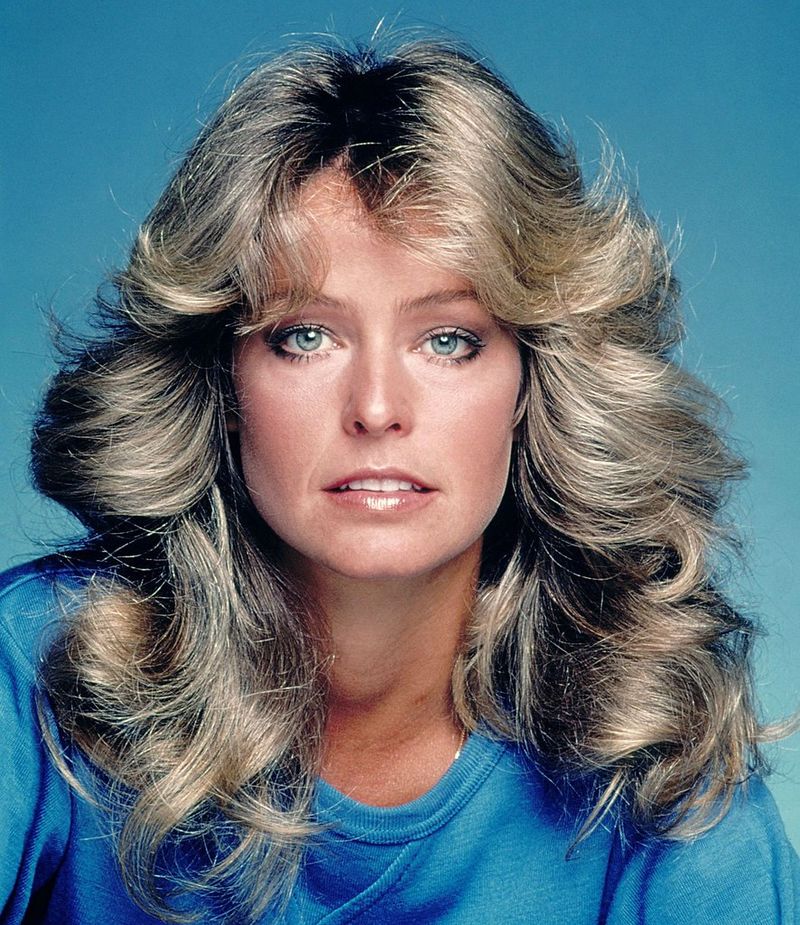
That iconic feathered hairstyle launched a thousand imitators when Farrah Fawcett burst onto television screens in “Charlie’s Angels.” Women everywhere flocked to salons with her poster in hand, desperate to capture her sun-kissed California glow.
Beyond her legendary locks, Fawcett possessed an athletic physique and dazzling smile that transformed her from model to household name virtually overnight. Her famous red swimsuit poster sold an astonishing 12 million copies.
Though initially typecast for her looks, Fawcett proved her acting abilities in serious roles like “The Burning Bed,” demonstrating she was far more than just a beautiful face. Her combination of girl-next-door charm and glamour created an enduring legacy that defined 1970s beauty standards.
2. Jacqueline Bisset
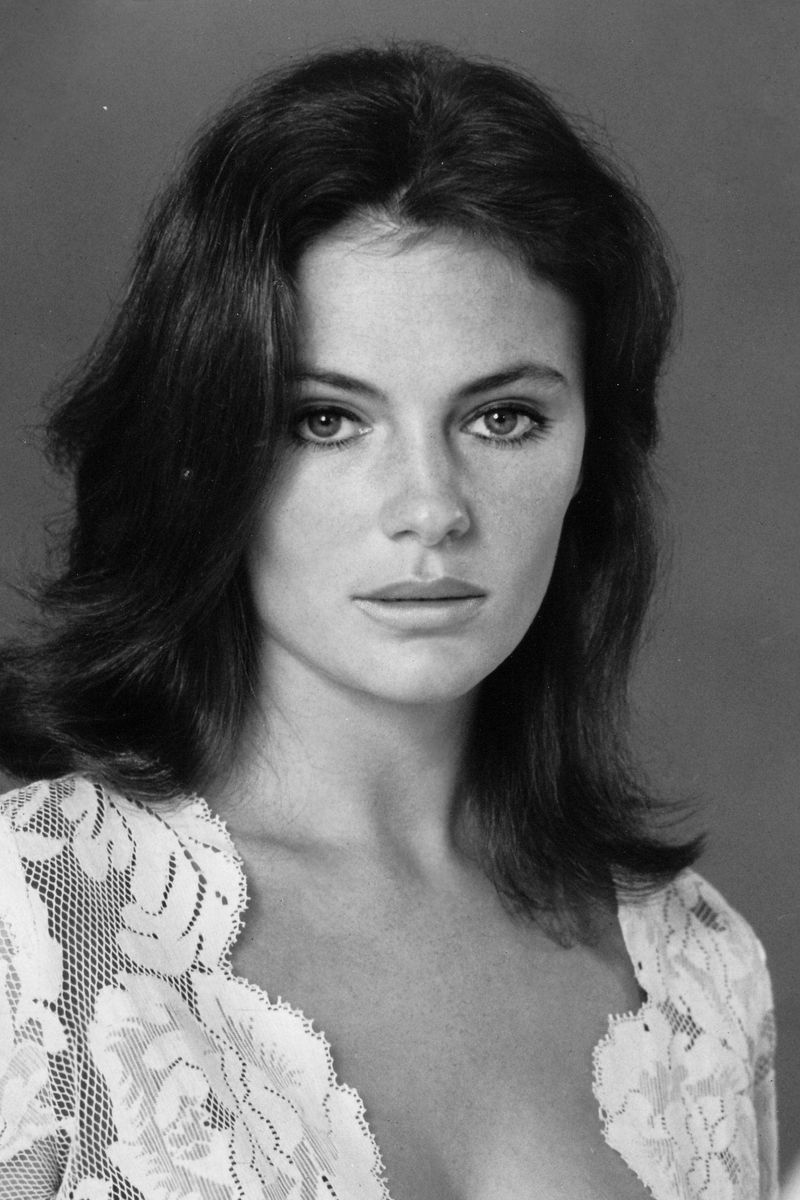
British-born Jacqueline Bisset captivated audiences with her sophisticated European elegance combined with an approachable warmth. Her memorable underwater scenes in “The Deep” created an instant sensation, though she brought much more than physical beauty to her roles.
Legendary director François Truffaut called her “the most beautiful film actress of all time.” Unlike many stars who faded quickly, Bisset’s classical features and expressive eyes gave her career remarkable longevity across decades.
Behind her stunning appearance was an actress who carefully selected challenging roles that showcased her range. She moved effortlessly between Hollywood blockbusters and artistic European films, maintaining an air of mystery that only enhanced her appeal throughout the 1970s.
3. Catherine Deneuve
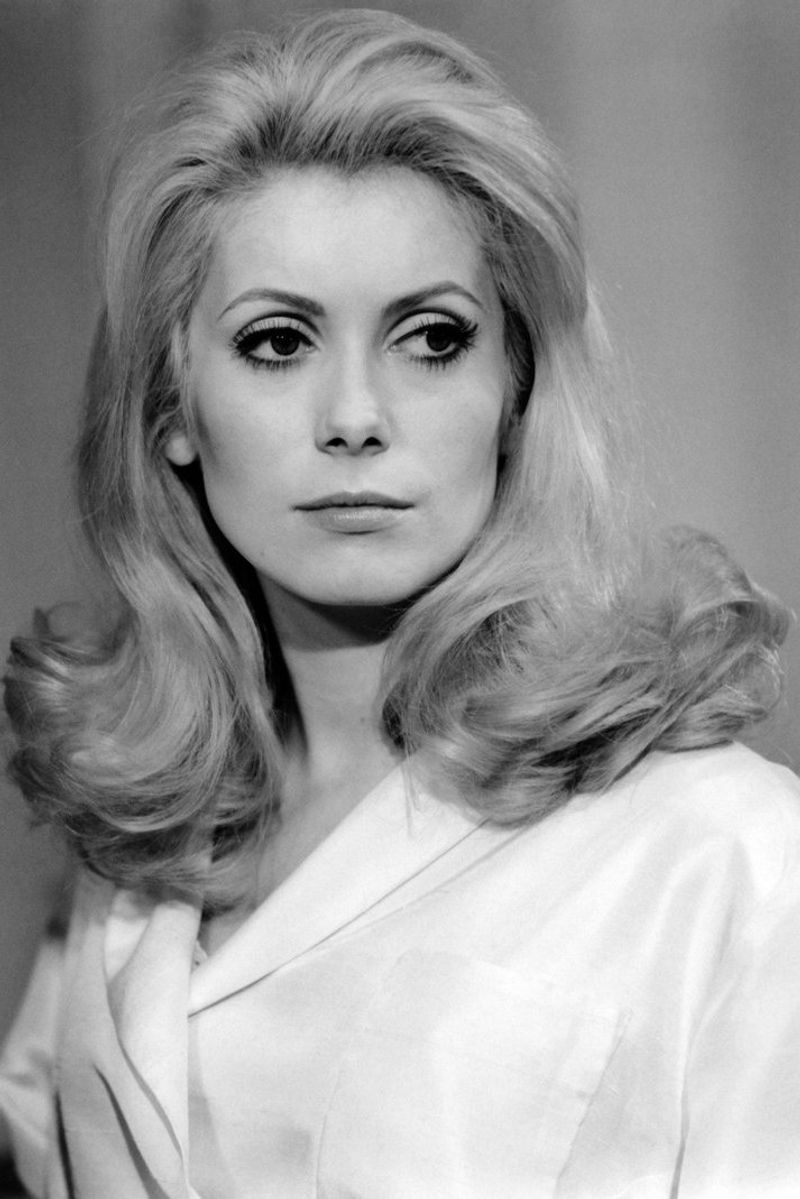
The epitome of French sophistication, Catherine Deneuve carried herself with an almost untouchable elegance that fascinated filmmakers worldwide. Her cool blonde perfection and aristocratic features made her the face of Chanel No. 5 during the decade.
Unlike Hollywood’s more accessible beauties, Deneuve cultivated an aura of mystery and intellectual depth. Working with directors like Luis Buñuel and Roman Polanski, she balanced commercial appeal with artistic credibility in a way few others managed.
Fashion designers worshipped her clean lines and perfect proportions. Yves Saint Laurent considered her his muse and dressed her both on and off screen. Her beauty transcended trends, representing a timeless European elegance that made her as relevant in 1979 as she had been a decade earlier.
4. Raquel Welch
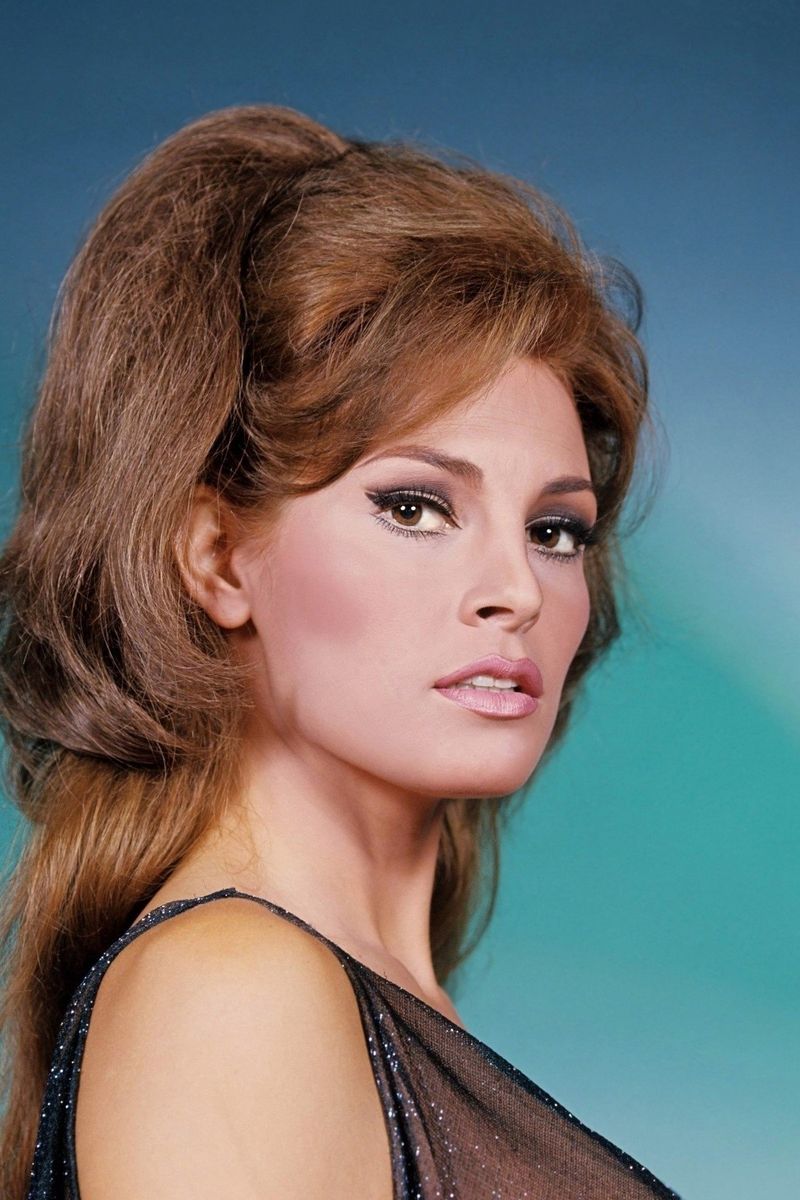
From her breakthrough in a prehistoric fur bikini to her sophisticated 1970s roles, Raquel Welch defied Hollywood’s tendency to pigeonhole beautiful women. Her hourglass figure and exotic features made her an international sensation, yet she fought hard to be taken seriously as an actress.
Born Jo Raquel Tejada, Welch’s partial Bolivian heritage gave her a distinctive look that set her apart from typical blonde bombshells. Her fitness book became a bestseller, inspiring women to embrace strength alongside femininity.
Despite limited roles initially offered to her, Welch displayed remarkable business savvy by producing her own projects and expanding into Broadway. Her fierce determination matched her stunning appearance, making her more than just a pretty face in an era when women were fighting for greater recognition.
5. Faye Dunaway
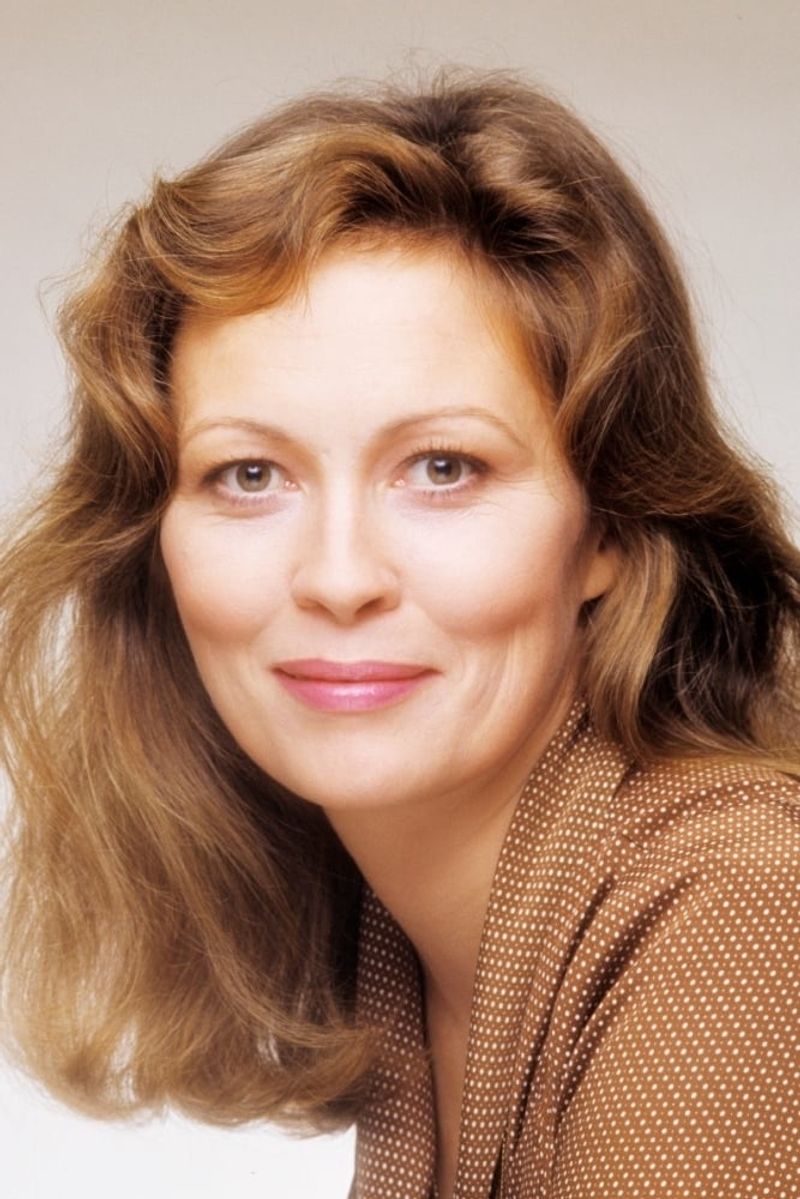
With razor-sharp cheekbones and penetrating eyes, Faye Dunaway embodied a new kind of American beauty – intelligent, ambitious, and slightly dangerous. Her performances in “Chinatown” and “Network” showcased not just stunning looks but formidable acting prowess.
Photographers adored her angular features and expressive face, which could transform from vulnerable to intimidating in an instant. The famous morning-after Oscar photo with her trophy and coffee remains one of Hollywood’s most iconic images.
Dunaway’s beauty had an edge that perfectly matched the gritty, realistic films dominating 1970s cinema. Unlike the softer glamour of previous decades, she represented a sophisticated woman who knew exactly what she wanted. Her style – from sleek center-parted hair to tailored pantsuits – influenced fashion-forward women throughout the decade.
6. Ali MacGraw
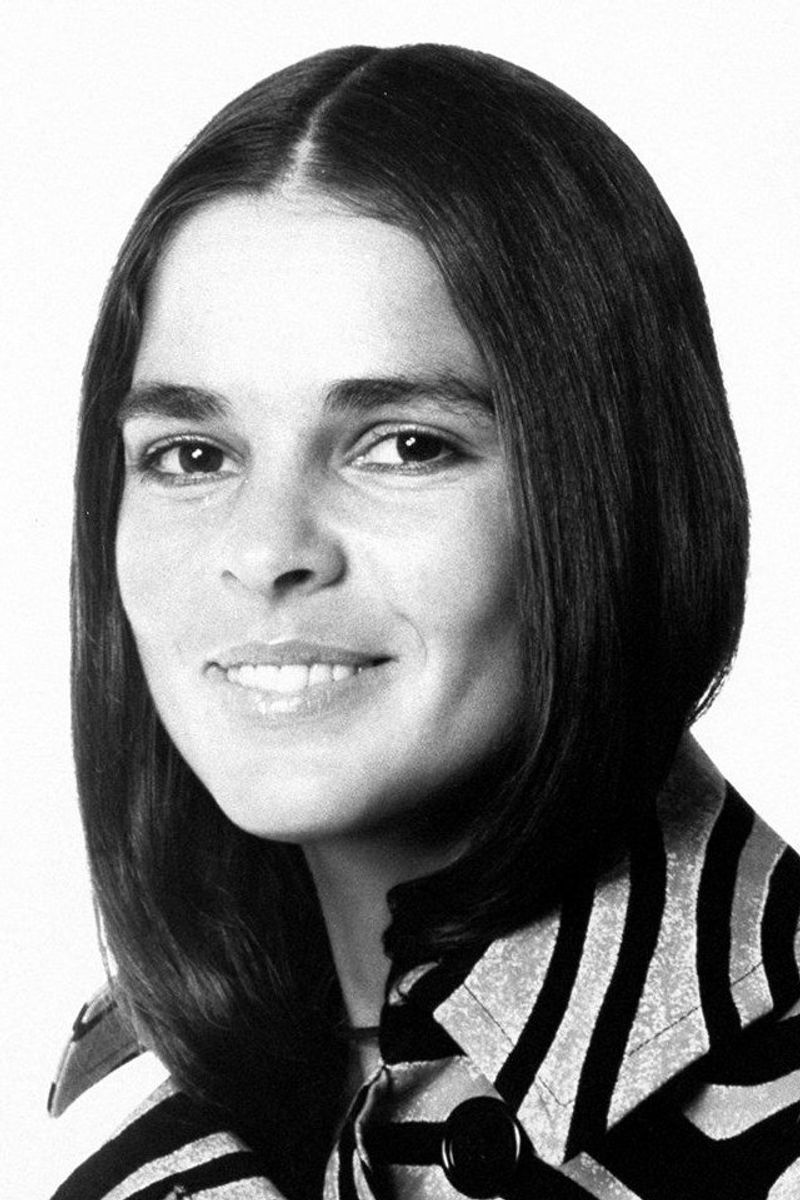
Before Ali MacGraw uttered those famous lines in “Love Story,” few predicted this former model would become the face of 1970s natural beauty. Her minimal makeup, center-parted dark hair, and authentic presence offered a refreshing alternative to manufactured glamour.
MacGraw’s influence extended far beyond film into fashion, where her bohemian-meets-preppy style launched countless trends. Her marriage to Steve McQueen created Hollywood’s most photographed couple, their images filling magazines worldwide.
What made MacGraw special wasn’t conventional perfection but her authenticity and intelligence. She represented the decade’s shift toward valuing individuality over cookie-cutter beauty. After starring in just a handful of major films, she stepped away from Hollywood, further enhancing her mystique and confirming she played by her own rules.
7. Sophia Loren

Already legendary from previous decades, Sophia Loren demonstrated in the 1970s that true beauty only deepens with time. The Italian icon continued making films while raising her family, bringing a new maternal warmth to her established sensuality.
Loren famously quipped, “Everything you see, I owe to spaghetti,” celebrating her Mediterranean heritage rather than hiding it. Her dramatic eyes, generous mouth, and hourglass figure represented a womanly ideal that rejected the increasingly thin standards of 1970s fashion.
Unlike many stars who faded with age, Loren’s confidence and authenticity made her more magnetic as the decade progressed. She moved seamlessly between Hollywood productions and Italian films, maintaining her status as international royalty. Her beauty routine became the subject of books, with women worldwide trying to capture her timeless appeal.
8. Bo Derek
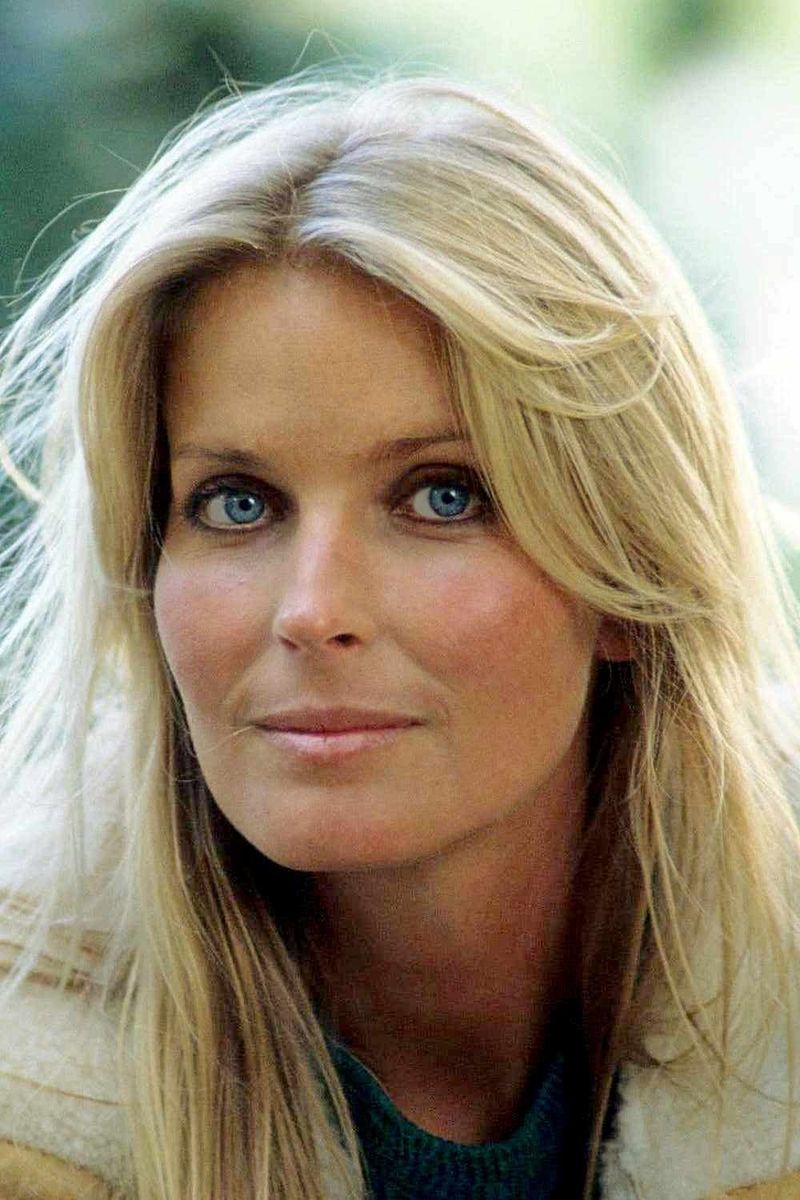
Few film moments created such an immediate cultural impact as Bo Derek running along the beach in slow motion, her hair styled in cornrow braids with beads. That scene from “10” (released in 1979) instantly transformed her into the decade’s final beauty sensation.
Before becoming a household name, Derek (born Mary Collins) had been modeling since age 16. Her perfect features seemed almost mathematically designed – hence the film’s title rating her as a perfect “10” on the beauty scale.
While some criticized her limited acting range, Derek’s stunning looks made her an overnight sensation and launched countless hairstyle imitations. Her athletic physique represented the transition from the softer 70s ideal toward the fitness-focused 80s that would follow. Though her fame came at the decade’s end, she became one of its most recognizable icons.
9. Pam Grier
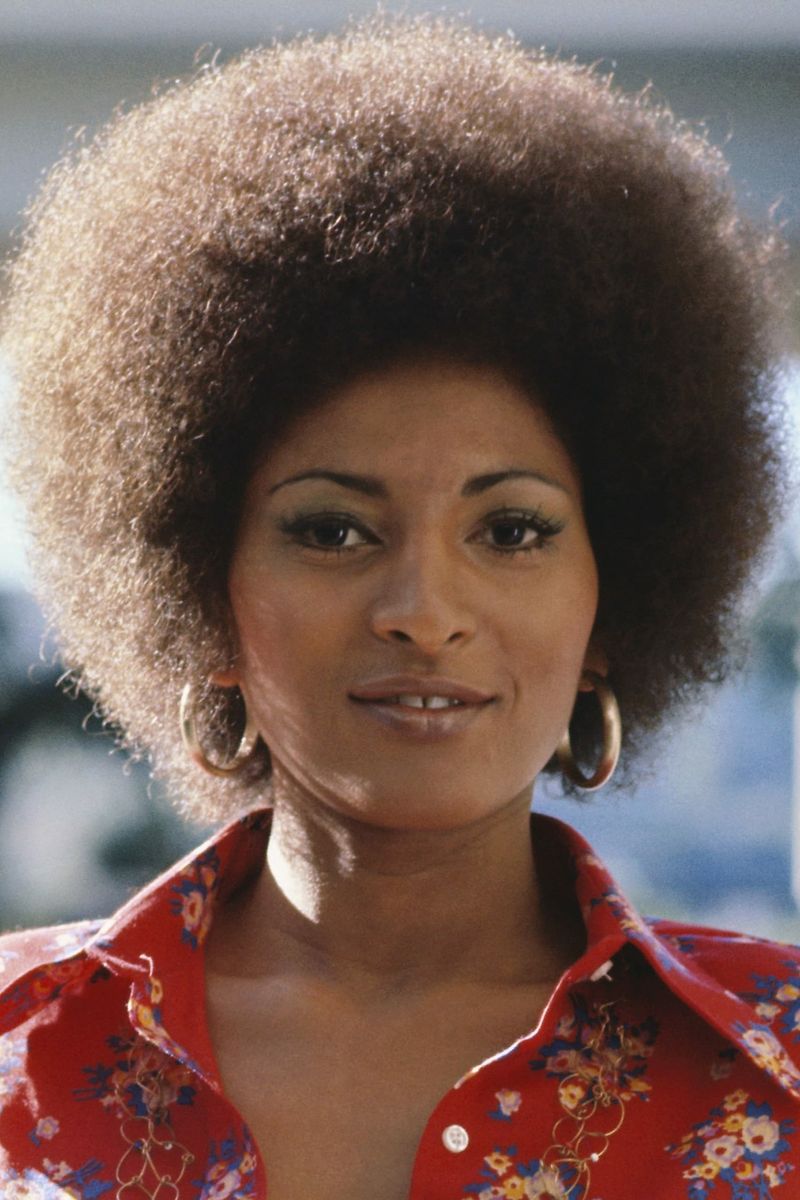
Pam Grier revolutionized Hollywood’s beauty standards by bringing Black female power to mainstream cinema through blaxploitation films like “Coffy” and “Foxy Brown.” Her statuesque physique, spectacular afro, and confident screen presence created a new template for on-screen heroines.
Unlike many female stars of the era, Grier portrayed characters who were physically powerful and in control. Her ability to convincingly handle action sequences while maintaining her femininity broke new ground for women in film.
Beyond her physical attributes, Grier brought intelligence and intensity to her roles that resonated with audiences tired of passive female characters. Her fashion sense – from form-fitting jumpsuits to elaborate jewelry – influenced street style throughout the decade. Grier’s beauty represented something revolutionary: a celebration of Black features at a time when mainstream media rarely showcased them.
10. Robert Redford
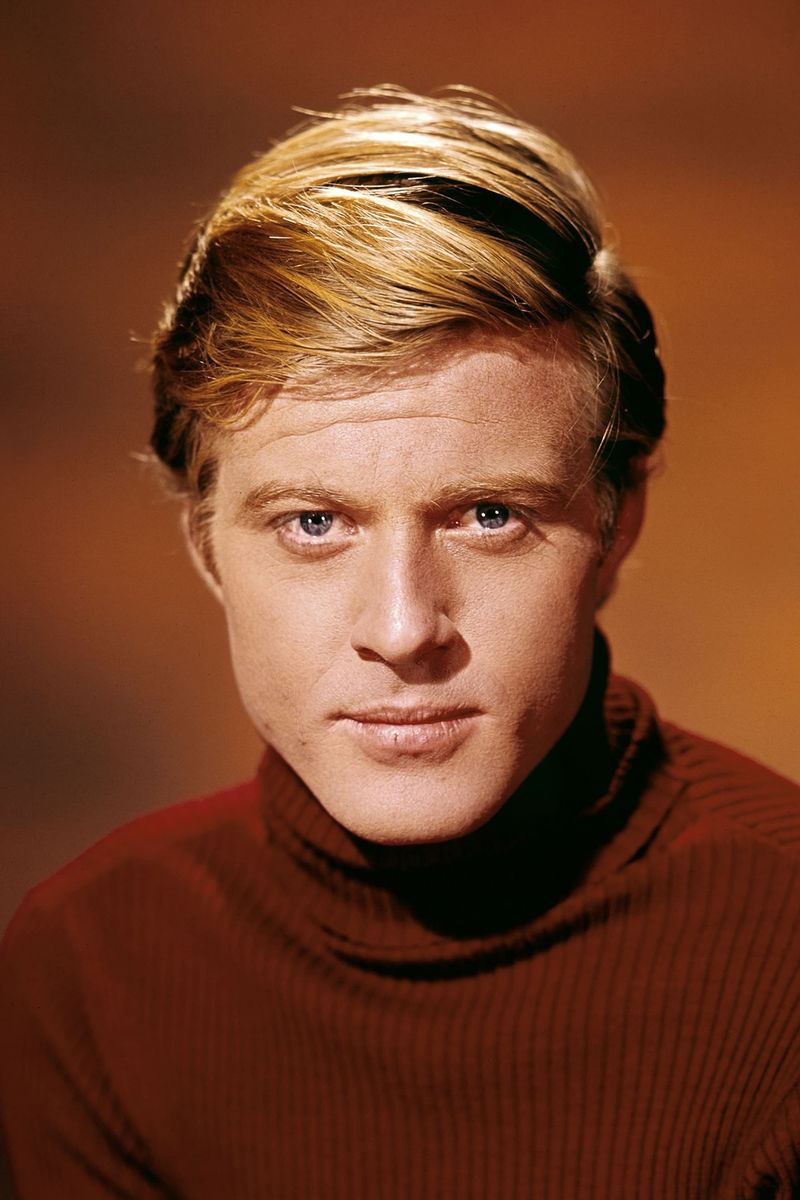
With his golden hair catching the light and that famous crinkly-eyed smile, Robert Redford embodied all-American handsomeness throughout the 1970s. His performances in classics like “The Sting” and “All the President’s Men” showcased both his beauty and substantial acting talents.
Unlike many male stars who relied on machismo, Redford projected intelligence alongside his physical appeal. Women appreciated his sensitivity in romantic roles, while men admired his understated confidence and outdoor ruggedness.
Redford’s natural approach to his appearance – often sporting slightly tousled hair and casual clothing – aligned perfectly with the decade’s move toward authenticity. His environmental activism added substance to his image, proving beautiful people could also be thoughtful citizens. As both actor and emerging director, Redford’s appeal transcended simple good looks to represent the best of American male beauty.
11. Paul Newman

Those legendary blue eyes continued working their magic well into the 1970s, as Paul Newman entered middle age with grace and increasing character depth. Already established as a major star, Newman’s looks only improved with maturity, adding distinguished silver at his temples.
Films like “The Sting” and “Slap Shot” showcased his ability to balance mischievous charm with genuine acting chops. While younger stars came and went, Newman maintained his position as Hollywood’s most consistently appealing leading man.
His happy marriage to Joanne Woodward offered a refreshing alternative to typical Hollywood relationships. Newman’s philanthropic work with his food company demonstrated substance behind the striking appearance. Unlike many stars obsessed with youth, he embraced each stage of life with authenticity, making him even more attractive to audiences who grew older alongside him.
12. Warren Beatty
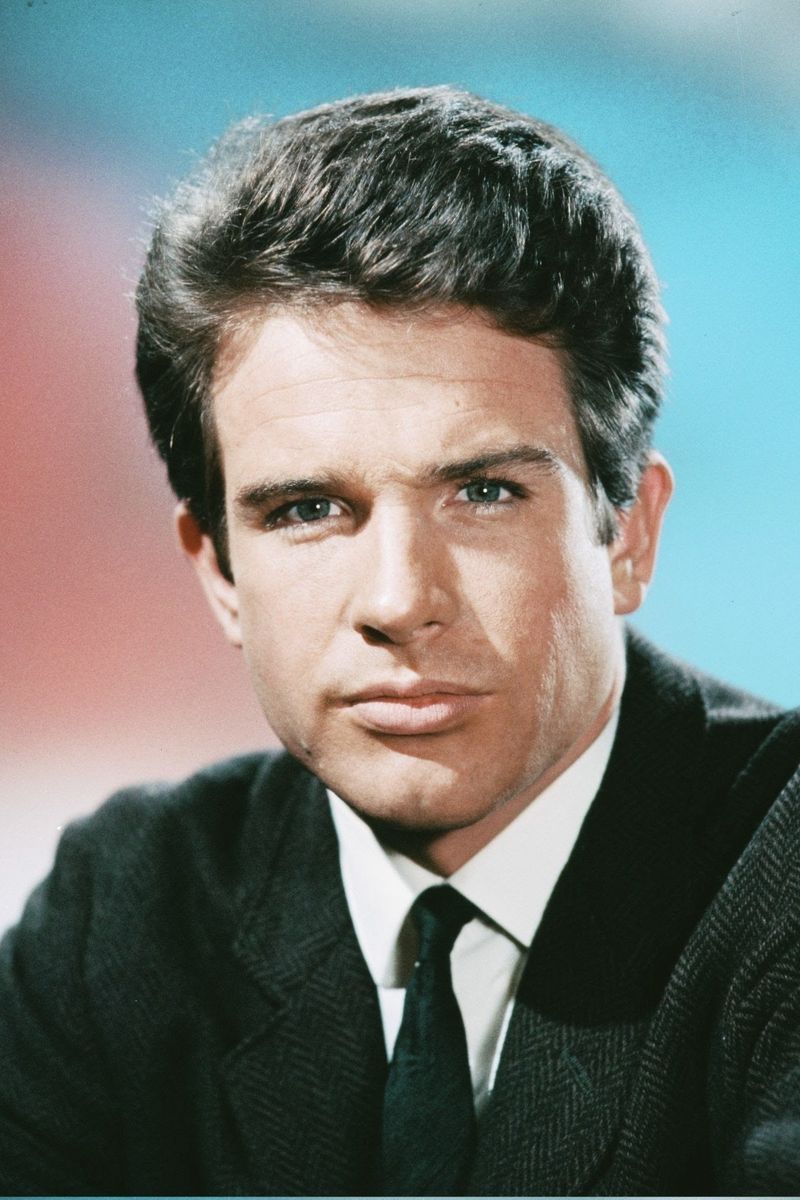
Combining boyish charm with intellectual intensity, Warren Beatty represented Hollywood’s thinking woman’s heartthrob throughout the 1970s. His dark good looks and thoughtful demeanor made him the perfect romantic lead in films like “Shampoo” and “Heaven Can Wait.”
Unlike many handsome actors content to coast on their appearance, Beatty controlled his career as producer, writer, and occasional director. His perfectionism became legendary – he would shoot countless takes until achieving exactly what he envisioned.
Beatty’s famous romantic history with many leading ladies added to his mystique. Yet behind the playboy image was a serious artist who used his appeal to green-light challenging projects. His perfectly styled hair and tailored wardrobe influenced men’s fashion, while his politically progressive views attracted fans who wanted substance with their style.
13. Al Pacino
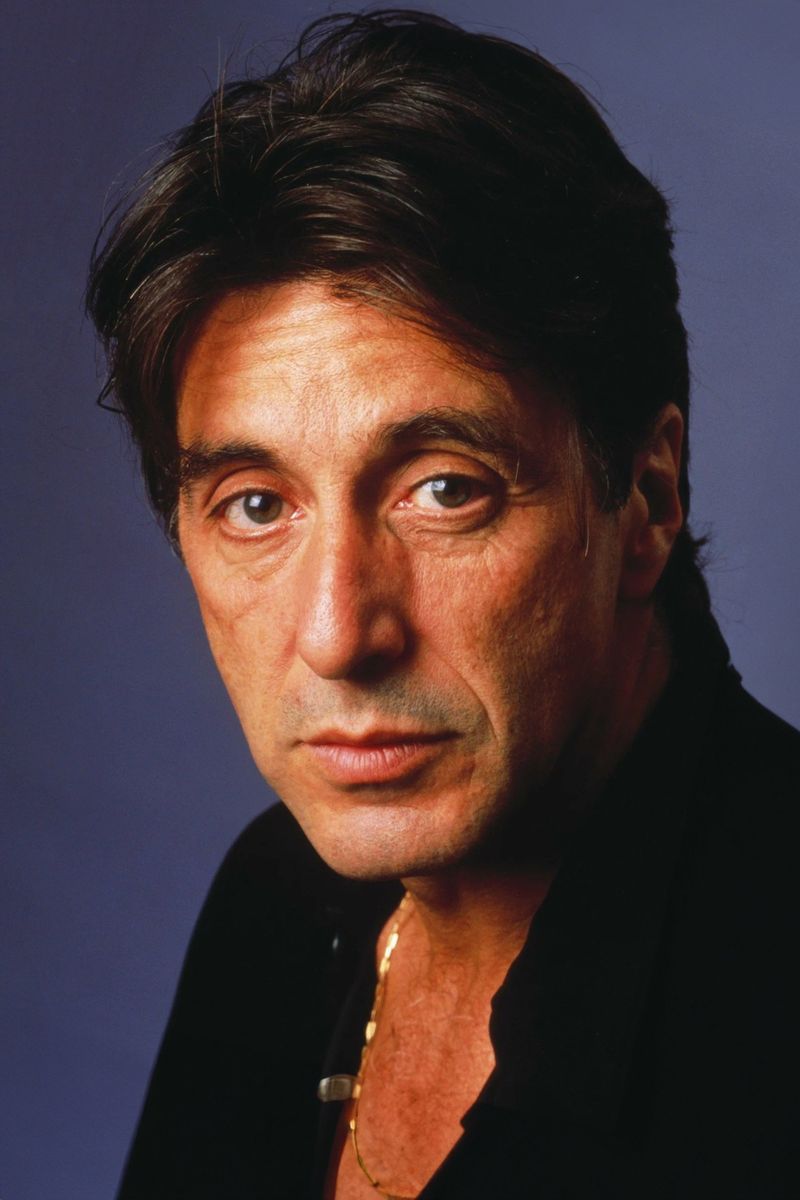
Standing just 5’7″, Al Pacino proved that commanding presence could override conventional height requirements for leading men. His intense dark eyes and explosive energy in “The Godfather” films and “Dog Day Afternoon” created a new template for male beauty – one based on power rather than perfection.
Women responded to Pacino’s smoldering intensity and the sense that powerful emotions lurked just beneath the surface. His brooding quality and distinctive voice added to his unique appeal.
Unlike traditionally handsome leading men, Pacino represented the 1970s shift toward authenticity and character. His rumpled appearance in many roles suggested a man too consumed by inner fire to worry about superficial details. This perfectly matched the decade’s gritty, realistic aesthetic. Pacino proved that compelling beauty could emerge from character rather than conventional good looks.
14. Ryan O’Neal
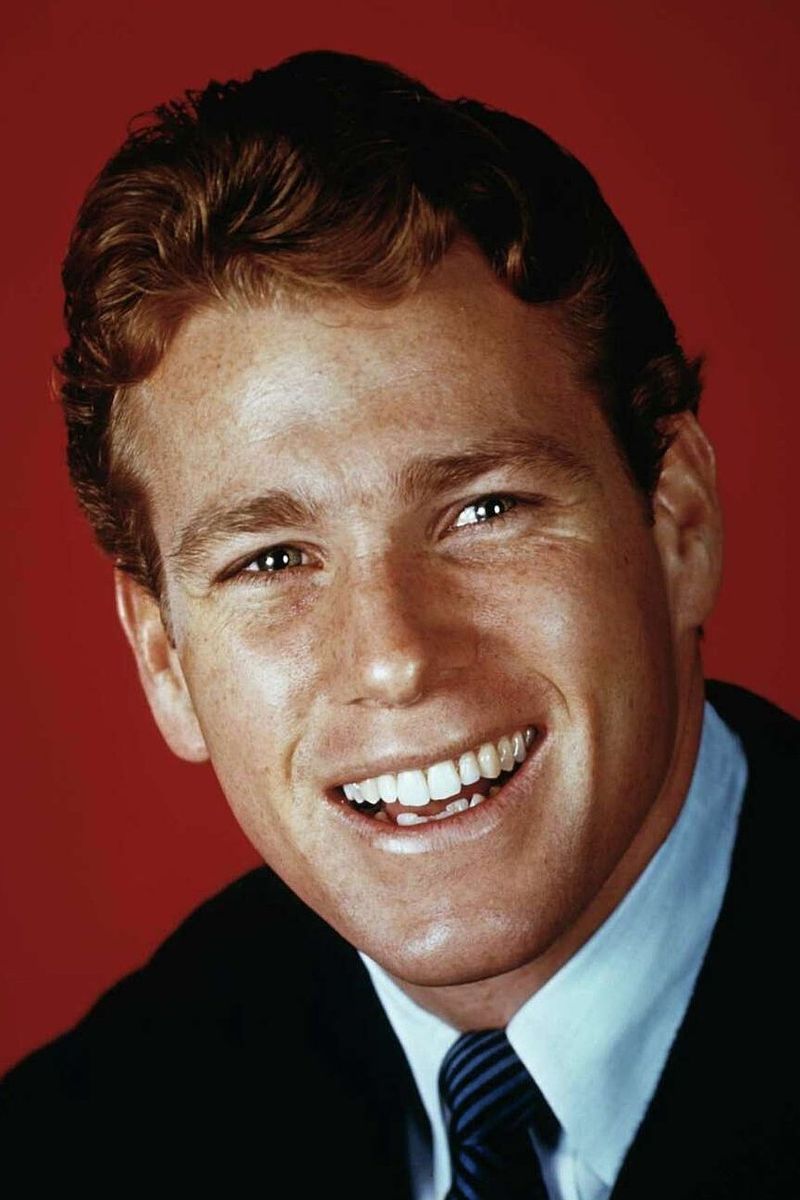
With his clean-cut good looks and vulnerable blue eyes, Ryan O’Neal embodied the romantic leading man in its purest form. His performance in “Love Story” cemented his status as the heartthrob who could make audiences cry as well as swoon.
O’Neal’s appeal came partly from his perfect features – blonde hair, symmetrical face, athletic build – but equally from his ability to project emotional openness. Women responded to his characters’ willingness to show love openly, a quality that aligned with the decade’s evolving masculinity.
His on-screen chemistry with various leading ladies seemed effortless, whether in tearjerkers or comedies like “What’s Up, Doc?” While some critics dismissed him as merely decorative, audiences connected with the sincerity he brought to his roles. O’Neal represented a gentler male beauty standard that offered an alternative to the decade’s tougher antiheros.
15. Richard Roundtree
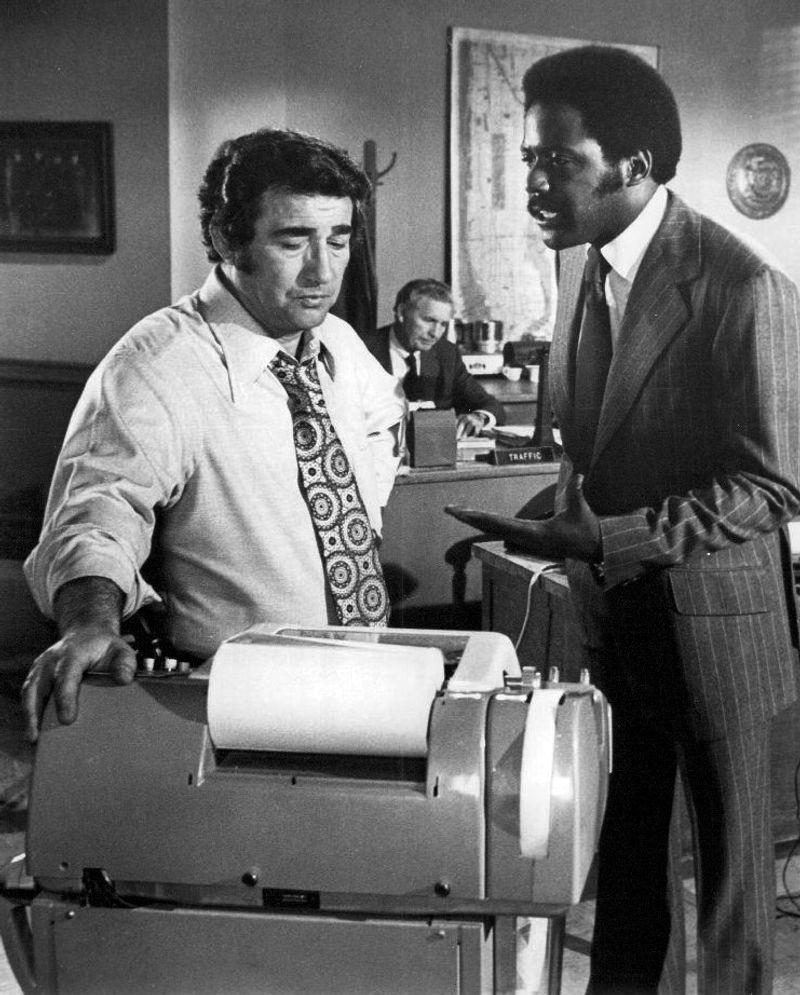
As the original John Shaft, Richard Roundtree redefined male coolness with his commanding presence and impeccable style. His athletic build, perfectly groomed mustache, and confident stride created an image that men wanted to emulate and women admired.
Before becoming an actor, Roundtree had worked as a model – and it showed in his ease before the camera. Yet he brought substance to his iconic role, combining physical prowess with intelligence and street smarts.
Roundtree’s appeal went beyond conventional handsomeness to embody a complete package of style, attitude, and charisma. His leather coats and turtlenecks launched countless fashion trends. As one of the first Black leading men to headline mainstream action films, Roundtree’s popularity helped change Hollywood’s narrow beauty standards, proving audiences would embrace diverse images of male attractiveness.
16. Burt Reynolds
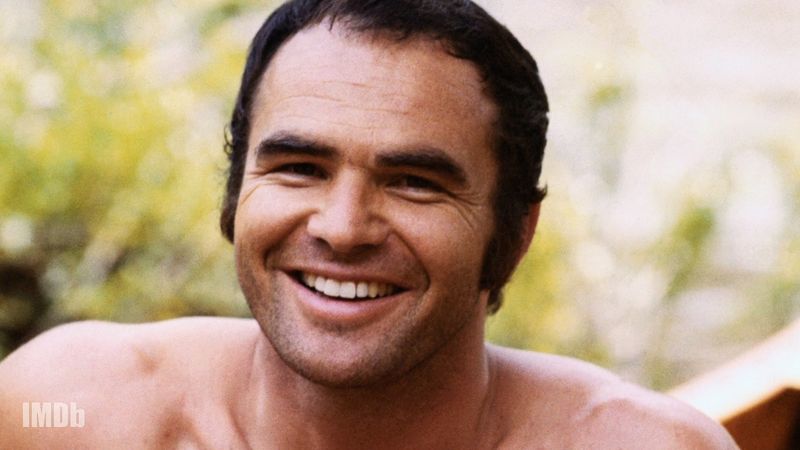
With his legendary mustache, mischievous grin, and hairy chest proudly on display, Burt Reynolds offered a rugged alternative to pretty-boy leading men. His good ol’ boy charm in films like “Smokey and the Bandit” connected with audiences seeking authenticity over polish.
Reynolds famously posed as the first male centerfold for Cosmopolitan magazine in 1972, breaking barriers about how male beauty could be presented. His comfort with his own sexuality and willingness to poke fun at his image made him relatable despite his movie star status.
Unlike many stars who worked to maintain a perfect appearance, Reynolds embraced his masculinity without apology. His trademark laugh and self-deprecating humor added to his appeal. He represented a distinctly American type of handsomeness – outdoorsy, athletic, and approachable – that perfectly matched the casual spirit of the 1970s.
17. John Travolta
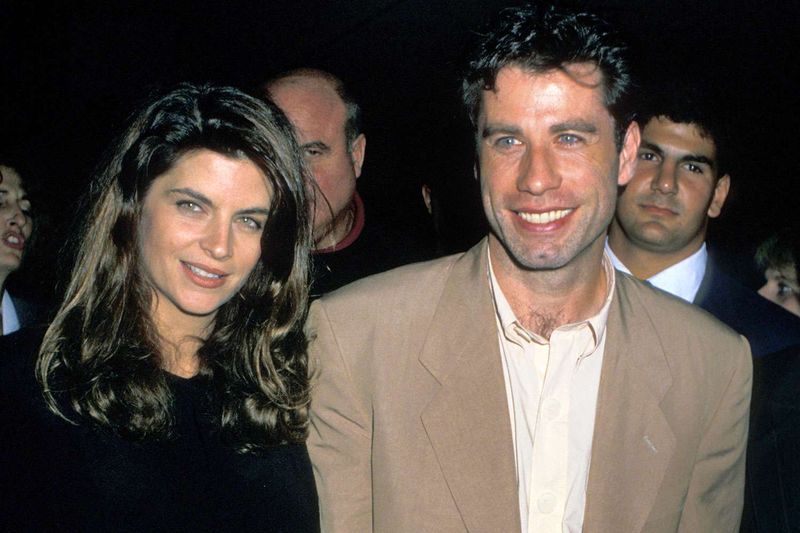
When John Travolta strutted across the illuminated dance floor in “Saturday Night Fever,” a new kind of male star was born. His graceful movements, expressive eyes, and perfectly coiffed hair created an image that combined traditional masculinity with a new sensitivity.
Though he appeared in films earlier in the decade, it was his dancing roles that showcased his unique physical appeal. Travolta moved with unusual grace for a leading man, his athletic body equally convincing in dramatic scenes and elaborate dance sequences.
His transformation from the working-class Tony Manero to the wholesome Danny Zuko in “Grease” demonstrated his range and cemented his heartthrob status. Young women papered their walls with his image, attracted to his combination of vulnerability and confidence. Travolta’s appeal bridged the gap between 1970s grit and the more polished 1980s aesthetic that was approaching.

Comments
Loading…